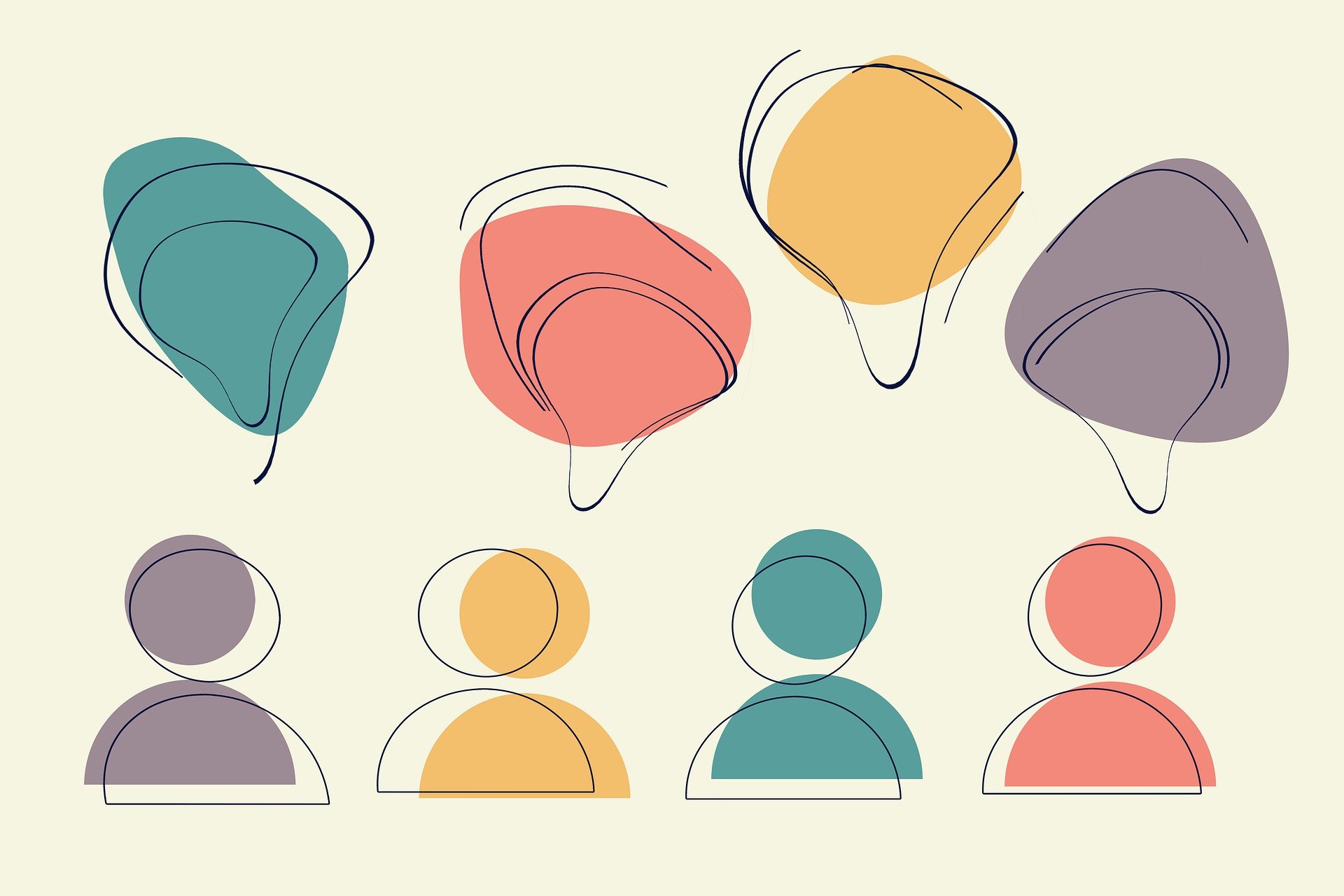Working with Interpreters in Therapy
-
-
Jude Boyles
How can we help more refugees to access therapy? Is language really one of the biggest barriers – or is it rather our reluctance as therapists to work with interpreters? As we mark Refugee Week 2022, Refugee Council therapy service manager Jude Boyles addresses popular misconceptions about this way of conducting therapy – and shares three moving moments in which client work has been powerfully progressed by the containing partnership between therapist and interpreter.

Recently I was training a group of therapists to work alongside interpreters. The group were relatively new to this and described feeling worried that the presence of the interpreter would impact on the therapeutic alliance. That same week, I had been reflecting on the positive impact on the client of the containing presence of a good working partnership between therapist and interpreter.
I had begun working with an older Iraqi man, Ahmed. Ahmed was struggling to disclose an incident that had happened to his child, finding it too shameful to use the Arabic word to describe the nature of the assault. A qualified interpreter trained to work in therapeutic settings knows to render hesitation and pauses, changes in tone and speed. I could sense there was a struggle to talk about the subject through Ahmed’s body language as well as his voice. But it was my interpreter who directly alerted me to the degree of hesitancy and flagged an unfolding disclosure that I could easily have missed.
As Ahmed edged towards the incident, my interpreter turned towards me very slightly so that I knew she was trying to communicate this significant moment. At this point, I gently asked an open question to facilitate the client disclosing more if he wanted, and although it was painful, he was able to tell me.
A less experienced interpreter might have sought clarification, potentially forced a disclosure, and undermined my aim to respect my client’s pace. The interpreter might have waited to raise their suspicions until the de-briefing after the session, but it would have left me concerned that I had missed a client trying to share an important experience. Not flagging this moment to me during the session might also have created a shared understanding between Ahmed and the interpreter, that excluded me.
What my interpreter did was trust me. She knew I would understand she was signalling something not being said. It was a moving reflection of our partnership, and a testament to her commitment to act in Ahmed’s best interests.
That same day a young Syrian woman, Manal, assisted by a different interpreter, reflected on the impact of her early life. Manal went quiet when she began to talk about her marriage. “It wasn’t a love marriage; I was a child”. We were still in the assessment process and her eye contact as she introduced this theme was almost entirely with my interpreter. She then leaned towards the interpreter, switching to using the interpreter’s name, and asked her a direct question. The interpreter interpreted the question directly back to me, including the use of her name. I was then able to address Manal’s fears beneath the question and explore her anxieties about the interpreter’s judgement. From this point, her slight wariness towards the interpreter changed. Trust had been established.
When interpreters and therapists are working together, each respecting the other’s skill set and judgement, the potential for this partnership to contain and affirm distressed clients is significant. Having an Arab interpreter empathise and feel comfortable with their disclosures added powerfully to the positive impact of therapy.
That same week, an angry young Syrian refugee started banging the table in a session, “I just say nothing. I just say nothing”. The interpreter mimicked banging the table, shouting those same words. My client turned to watch the interpreter in the act of trying to capture her expression of anger. She nodded and looked at us both and said, “yes, it’s always the same, I just say nothing”. She later talked of how validating it had been to see herself, through the interpreter, as angry and outraged.
This Refugee Week, I’m acutely aware that one of the biggest barriers to refugees accessing therapy is language and therapists’ reluctance to use interpreters. Yet my own experience is that the presence of the interpreter adds to the therapeutic process rather than hindering or distracting from it.